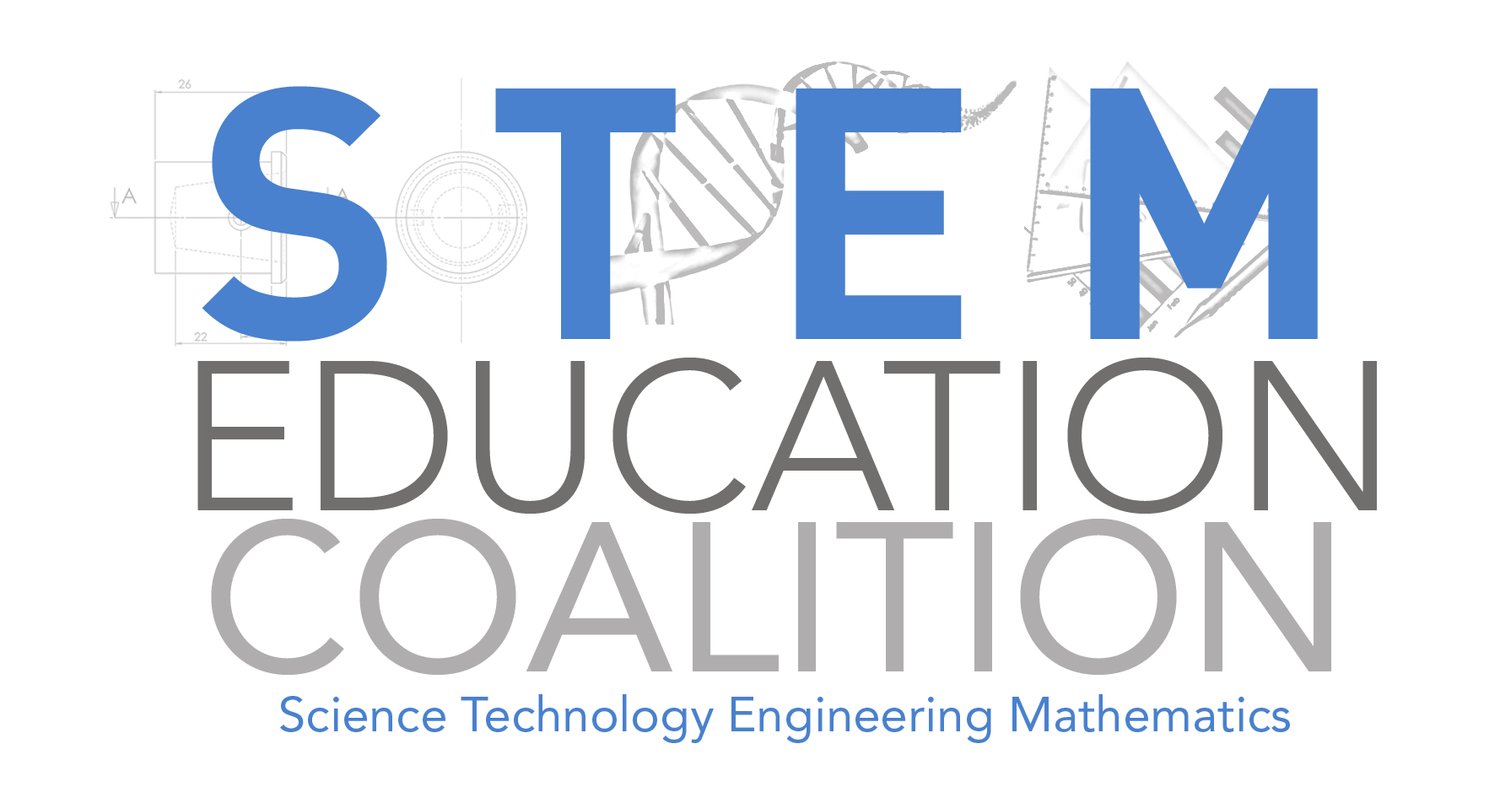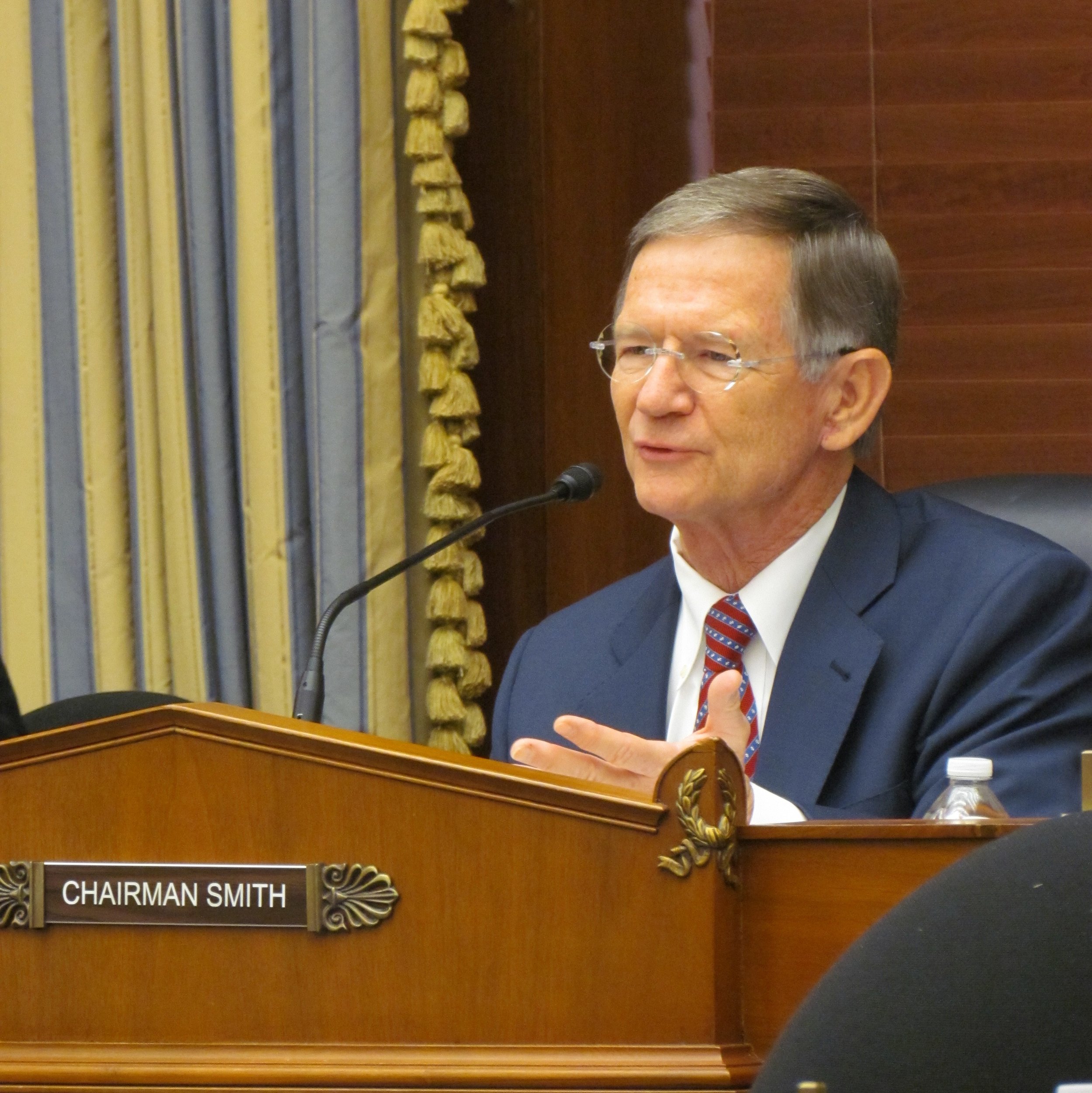Policymaker Interview Series: Rep. Lamar Smith, Chairman of the House Committee on Science, Space, and Technology
This October, Congress passed The STEM Education Act, a bipartisan bill introduced by the House Committee on Science, Space, and Technology’s Chairman Rep. Lamar Smith (R-TX21) and Committee Member Rep. Elizabeth Esty (D-CT05). The STEM Education Act focuses on improving STEM education fields in federal programs, with special focus on computer science.
__
The STEM Education Coalition would like to thank Chairman Smith for sitting down with the Coalition to discuss the legislation.
__
Q: As the Chair of the House Committee on Science, Space, and Technology, you play a major role in shaping legislation related to science, technology, engineering, and math (STEM) education, especially as it relates to U.S. science agencies like NSF and NASA. What do you see as the responsibilities of your Committee in addressing the challenge of improving STEM education across the country?
Chairman Smith: The status quo isn’t working. Unfortunately, America now lags behind many other nations when it comes to STEM education. According to the Program for International Student Assessment, American students rank 21st in science and 26th in math among the top 34 developed countries.
If we continue to fall behind in STEM, our country’s economy and its national security will suffer. Good-paying technology jobs will go elsewhere and American families’ standard of living will be diminished.
Among the members of the House Science, Space, and Technology Committee, which I chair, there is bipartisan agreement about the importance of STEM education. We are committed to increasing the number of young people who pursue STEM careers and to strengthening STEM teaching at all levels.
We had a recent success when the STEM Education Act of 2015 was signed into law. I introduced this legislation and it was unanimously approved by the Science Committee, then unanimously approved by the House and the Senate. My bill adds computer science to STEM, boosts informal STEM programs, and strengthens the Noyce Master Teaching program.
Adequate public support is an important consideration. This year, the National Science Foundation, which is under the Science Committee’s jurisdiction, will spend up to $1 billion on STEM research and programs.
Among the federal agencies which provide substantial STEM funding there have been too many overlapping and even duplicative programs. We haven’t even developed good metrics for measuring which programs and which aspects of programs are most effective. Some administrative reforms are underway, but we need to do more and go faster. Many of your members have been at the forefront of tackling these issues.
Q: Tell us about the STEM Education Act, which was recently passed by an overwhelmingly bipartisan vote in both houses of Congress. What was your role in crafting this legislation and what would it do (and not do) and why is it important?
Chairman Smith: Although much has been written about the politics and polarizing on Capitol Hill, there has been remarkable bipartisan agreement among Science Committee members about policies to strengthen basic research, reduce regulatory costs for researchers, accelerate technology transfer, and improve STEM education. The STEM Education Act of 2015 combined Republican and Democrat ideas.
The centerpiece of the new STEM education law is a section I authored that will add computer science to STEM. This is a crucial, overdue change. When federal STEM programs were created, the age of computers was just beginning. Today we are witnessing the emergence of the Internet of Everything, which will see computers and computer science become essential to everyday life and be the foundation for all science and technology.
After holding a series of STEM education hearings – the Committee’s best -attended and most-participated hearings while I have been chairman – I introduced the STEM Education Act at the end of February 2015. Eight months later, after unanimous approved by both Houses of Congress, the STEM Education Act of 2015 was signed into law. And this is speedy in Washington!
[su_spacer size=”25″]
Q: Besides the STEM Education Act, what other legislation is pending before your Committee that relates to STEM education?
Chairman Smith: The Science Committee held two very interesting and valuable hearings and then unanimously approved the READ Act – the Research Excellence for Advancements in Dyslexia Act.
Not many people are aware of the connection between dyslexia and STEM aptitude. Dyslexia is a learning disability characterized by difficulty with reading among individuals with normal or above-average intelligence. Dyslexia affects one out of six or as many as 8.5 million U.S. schoolchildren.
Dyslexia is, by far, the most common language-related learning problem. If identified and treated early, dyslexics can learn to read and learn and excel. We’ve also discovered that dyslexic individuals, because they learn and see the world differently, frequently exhibit exceptional aptitude in science and math. For instance, extraordinary scientists who overcame dyslexia include George Tesla, Albert Einstein, Thomas Edison, and Leonardo Da Vinci.
The READ Act authorizes the National Science Foundation to spend at least $5 million annually on dyslexia research, including research on practical issues like early identification of dyslexia, training teachers and school administrators who work with dyslexic students, strengthening learning and teaching tools, and demonstrating effective models for implementing and scaling up dyslexia programs in our schools.
STEM education provisions are prominent in the two largest pieces of legislation approved by the Science Committee this year: the America Competes Act of 2015 and the NASA and the NASA Authorization Act of 2015. Both bills have passed the House by wide margins. We’re waiting for the Senate to act and hope to enact both bills.
Q: Your committee has held many hearings on education-related topics in the past several years. What is one thing you learned from those hearings that was most surprising to you?
Chairman Smith: Young people who are enthusiastic about science and technology are, by far, the most effective salespeople for STEM. Their sincerity, enthusiasm, and energy are courageous. It’s impossible not to be enthusiastic and supportive, too, when students recount how they came to be interested in science and what that interest has meant to them and their plans for the future.
Q: How much of your STEM education focus deals with improving participation of underrepresented minorities and women in STEM careers?
Chairman Smith: This is one of the areas in which we have developed bipartisan cooperation. The America COMPETES Act of 2015 includes legislation sponsored by Rep. Debbie Wasserman Schultz, a Democrat, and Rep. Kay Granger, a Republican. Neither of them serve on the Science Committee, but like so many Members of the House, they are deeply interested in broadening STEM education for girls and STEM careers for young women.
The Wasserman-Shultz bill embedded in COMPETES 2015 requires the Director of the National Science Foundation to provide merit-reviewed, competitive grants for research on programming that engages underrepresented students in grades kindergarten through 8 in STEM in order to increase the participation of these students in STEM fields.
According to the Bureau of Labor Statistics, computing and mathematics are in the top 10 fastest growing major occupational groups, with a growth rate of four percent annually compared to one percent for all industries. So it is important to ensure that students are being introduced and encouraged to study in STEM fields. To help reach students outside of the classroom and strengthen a student’s engagement in STEM subject areas, we have learned that informal STEM education programs and activities not only have been successful generally but also they seem to have doubled the participation of young women compared to a school-based STEM.
Q: What is your personal motivation for improving STEM education?
Chairman Smith: Some of the most inspiring and energizing moments of my Science Committee chairmanship have been interactions with young people who are pursuing STEM studies and careers. Whether at Committee hearings or at robotics competitions in my district, when I encounter motivated, talented young people who want nothing more than an opportunity to pursue their dreams and, in some cases, change the world, I am reminded of why I enjoy serving in Congress.


